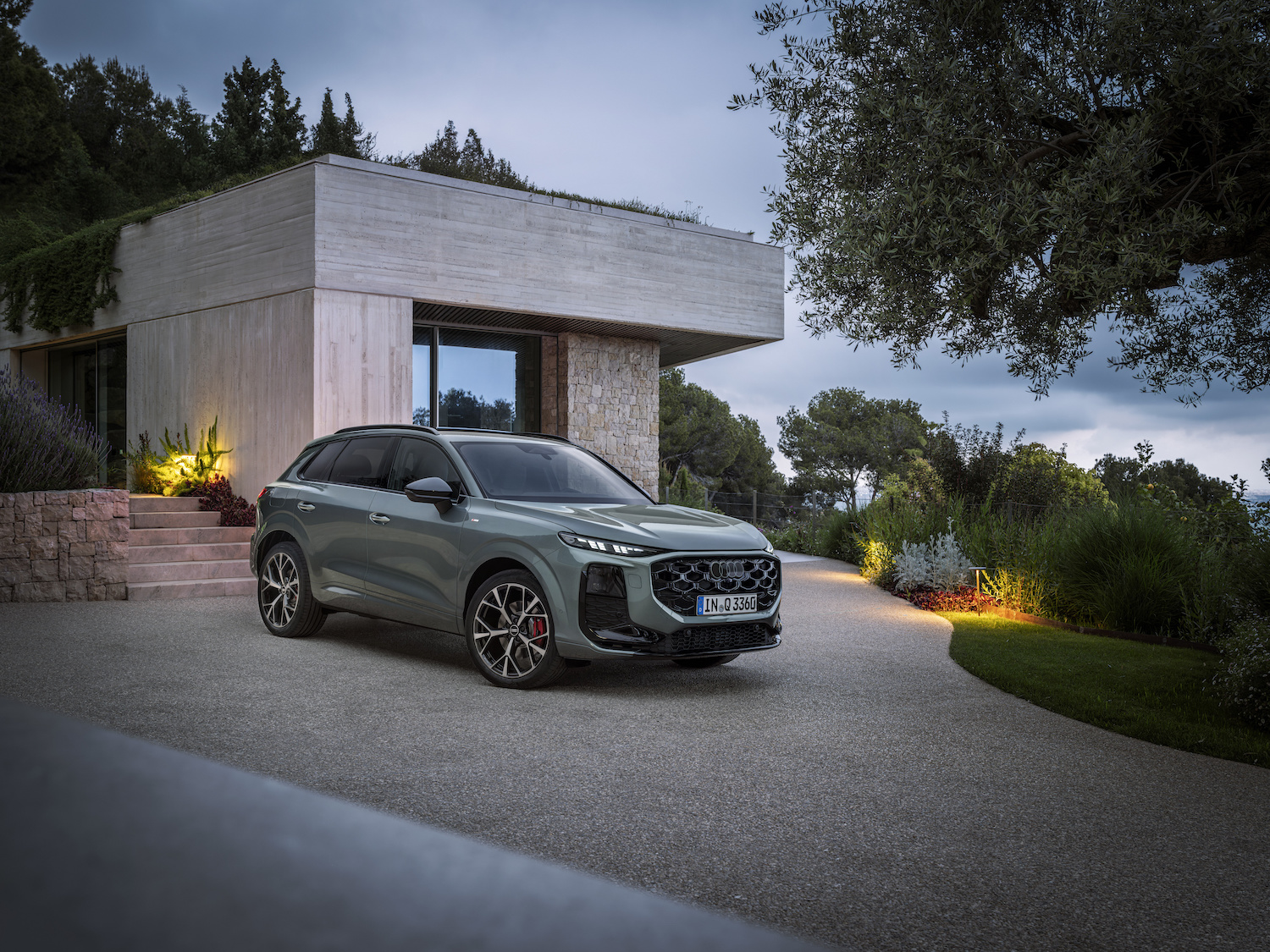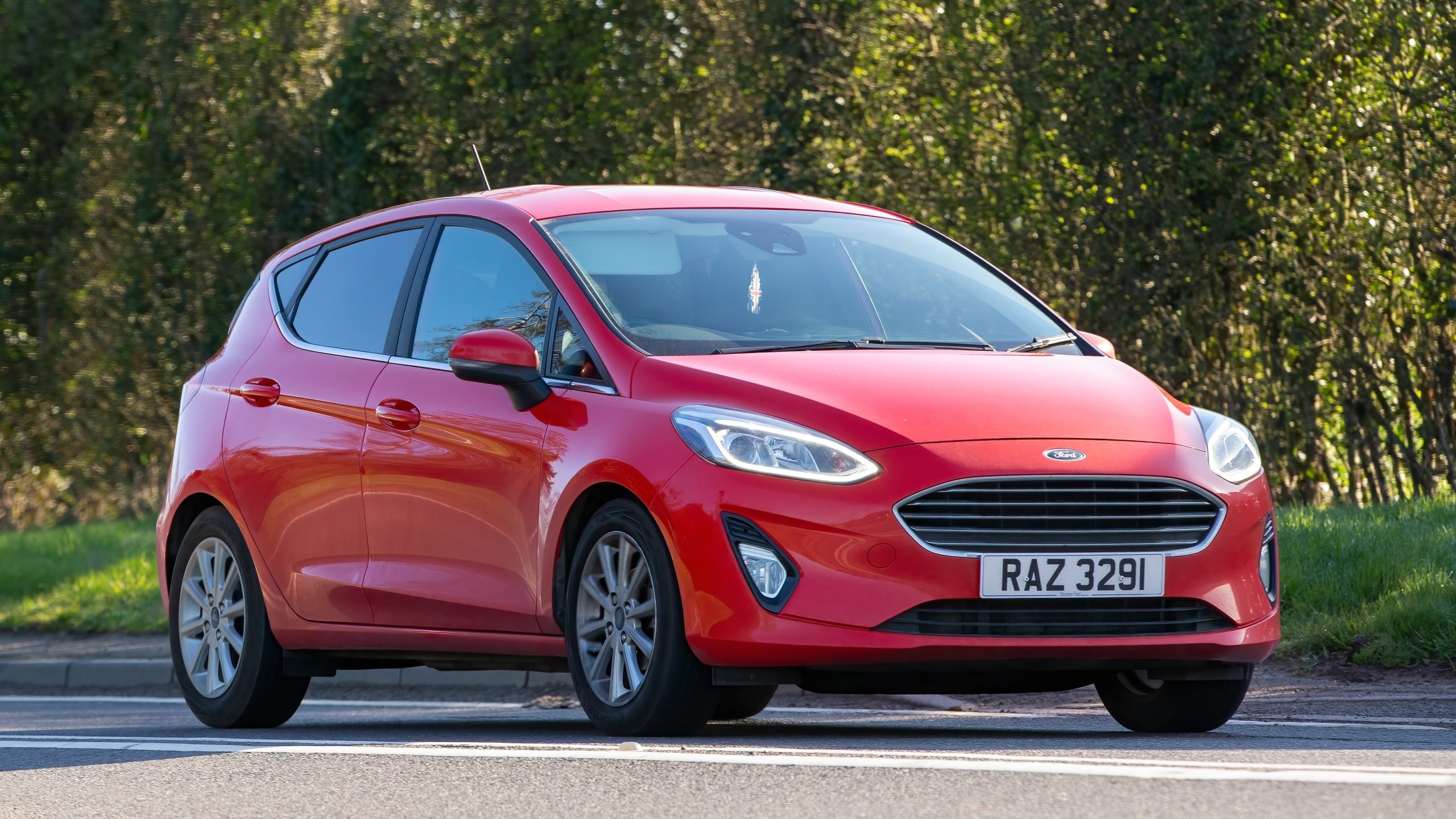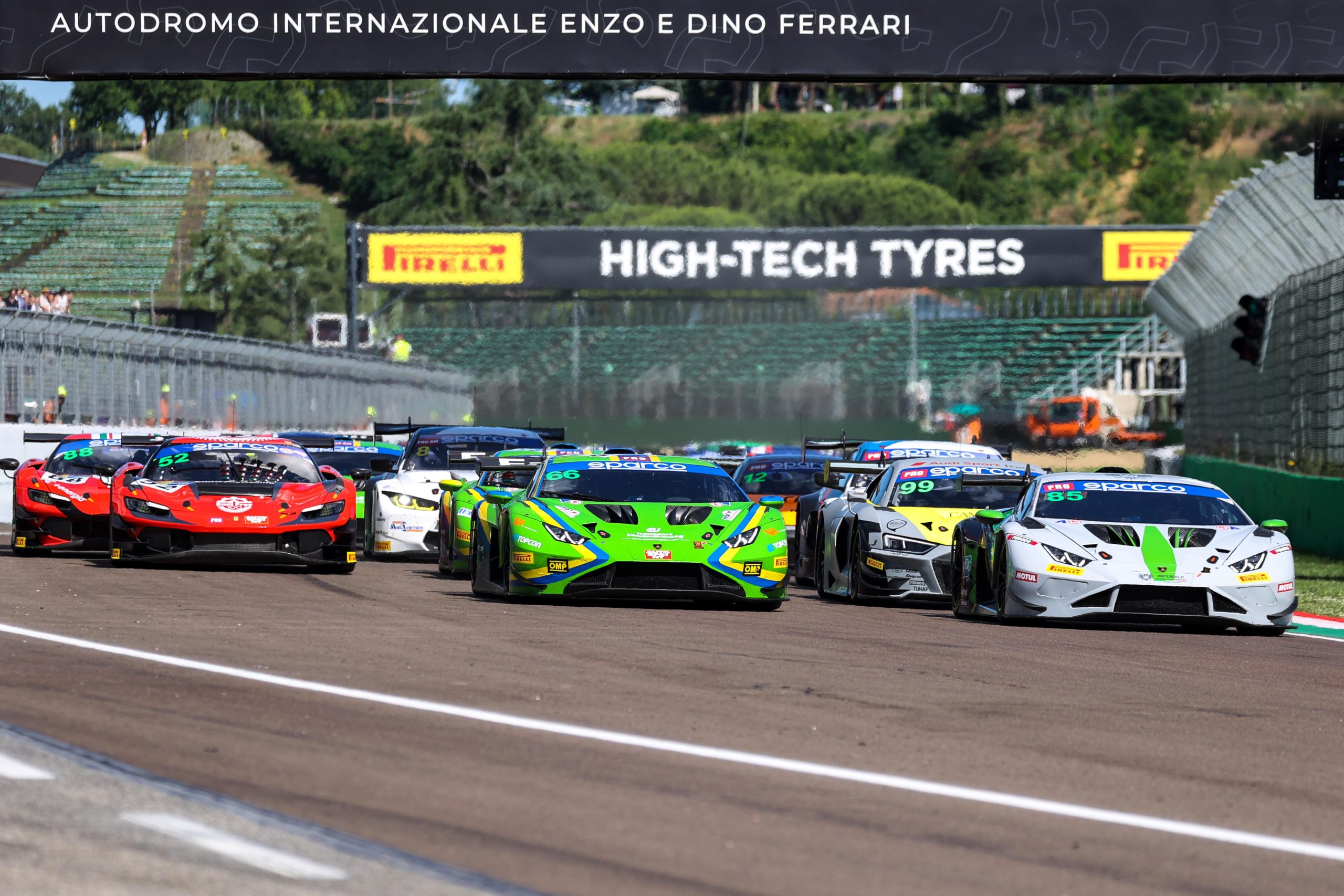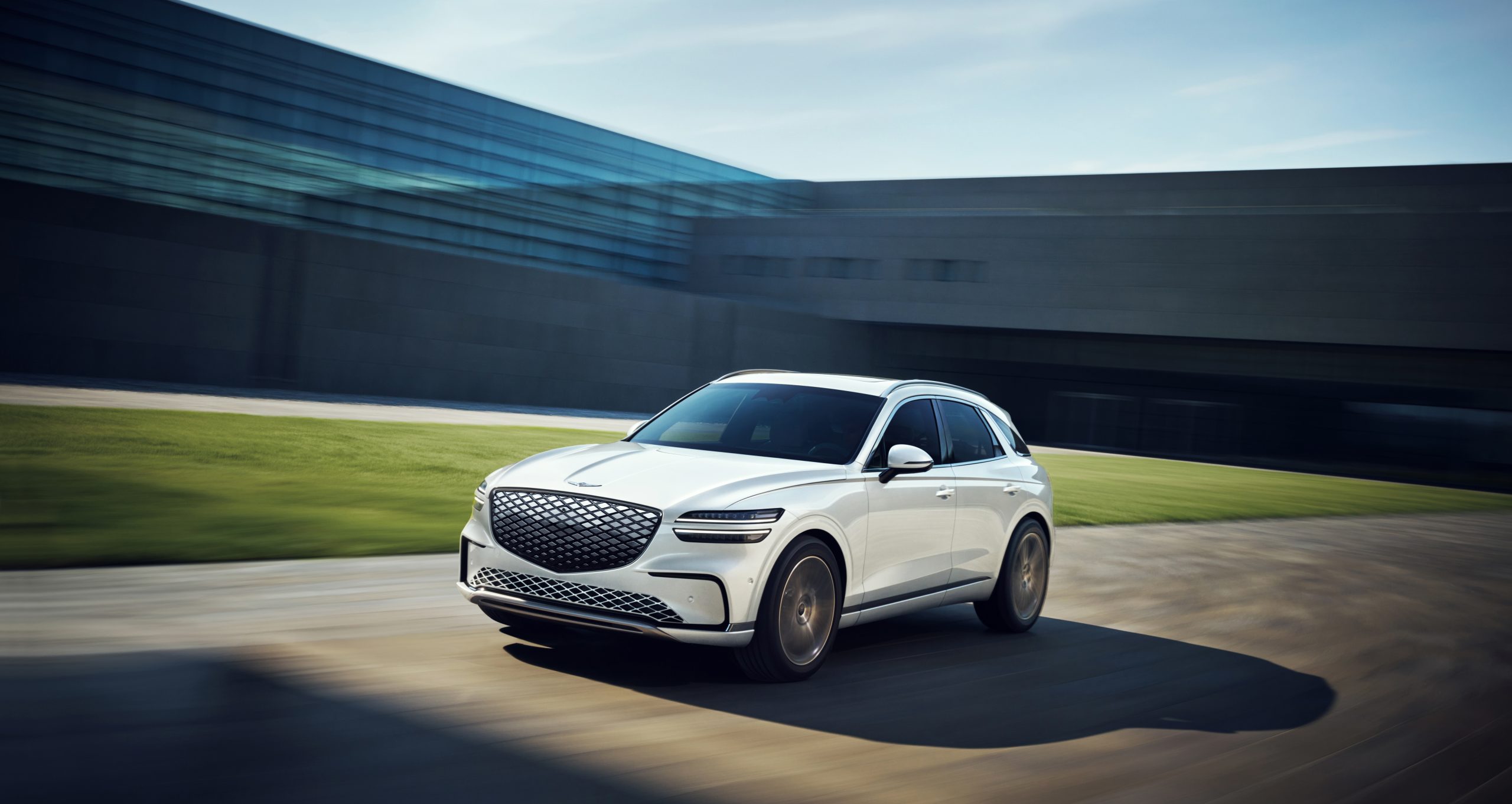GM’s Road to EV Dominance: Catching Up in the Electric Race
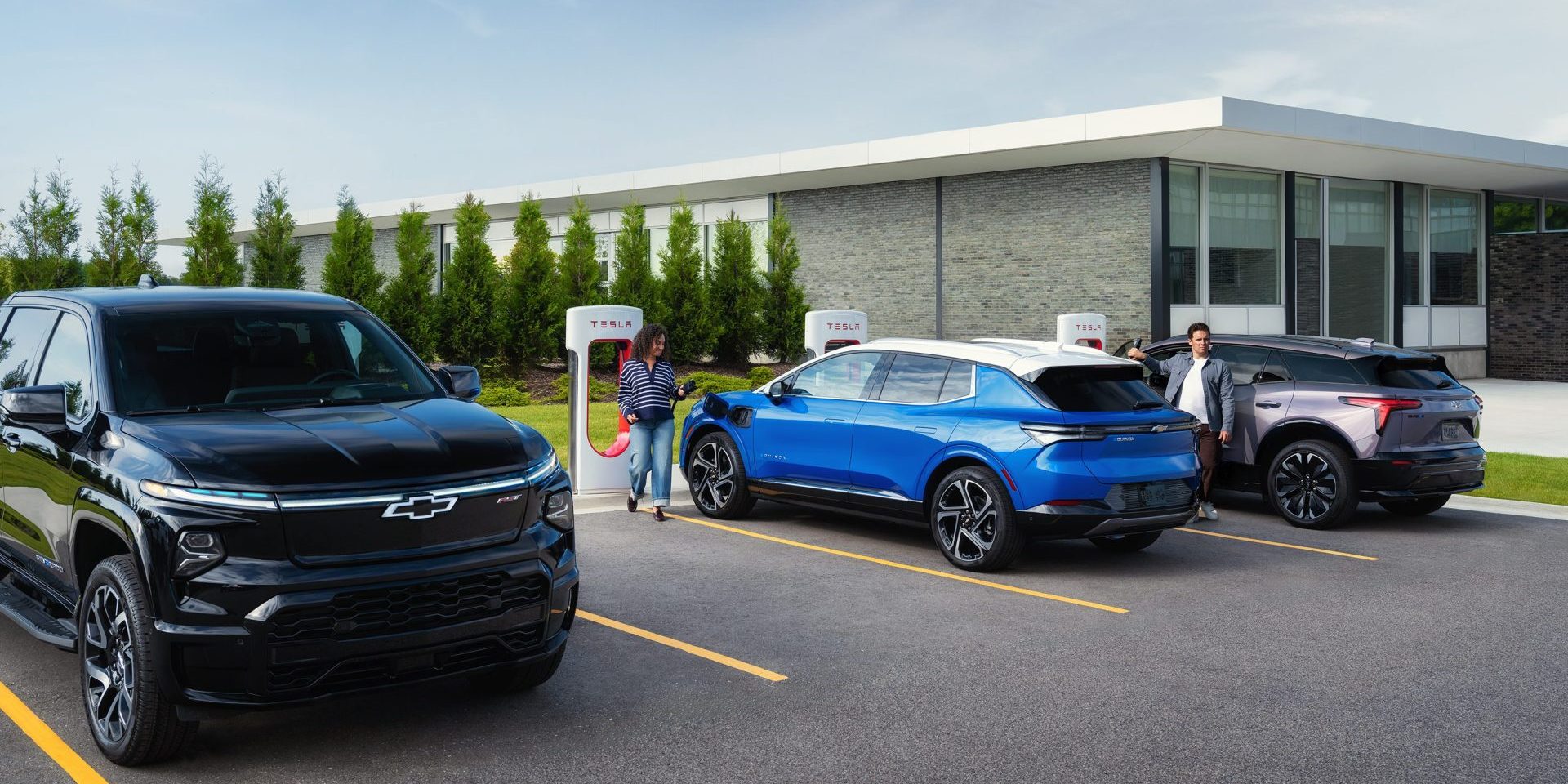

The automotive world is buzzing with electric energy as General Motors (GM) revs up its efforts to claim a larger share of the electric vehicle (EV) market. Once a titan of gasoline-powered cars, GM now finds itself playing catch-up in a race where Tesla holds a commanding lead. But the Detroit giant isn’t backing down from the challenge.
GM’s Current EV Landscape
Sales Performance and Market Position
GM’s EV sales have surged nearly 70% compared to last year, signaling a growing appetite for its electric offerings. In July and August alone, the company sold around 21,000 EVs, almost matching its entire second-quarter sales. However, GM still trails behind Tesla, Hyundai/Kia, and Ford in the EV sales rankings.
The slower-than-expected EV adoption rate and production hurdles have contributed to GM’s current market position. Tesla, the EV market leader, sold over 164,000 EVs in Q2, outperforming GM, Hyundai/Kia, and Ford combined, according to Motor Intelligence.
Existing EV Lineup
GM’s electric arsenal currently boasts eight Ultium-based EVs, with plans to expand to ten by year-end. The lineup spans from affordable options like the Chevrolet Equinox to luxury vehicles such as the $300,000 Cadillac Celestiq. This diverse range aims to cater to various consumer segments and boost sales momentum.
GM’s Catch-Up Strategy
Expanding the EV Portfolio
To accelerate its EV push, GM is rapidly expanding its Ultium-based EV lineup. The company’s strategy involves offering a wide array of electric models to meet diverse consumer demands. By increasing the number of available EV options, GM hopes to capture a larger market share and close the gap with its competitors.
Production and Sales Targets
GM has adjusted its production targets for 2024, aiming to produce between 200,000 and 250,000 EVs this year. While this is a decrease from earlier projections, it reflects a realistic approach to market conditions. The company maintains its long-term goal of exclusively offering all-electric vehicles by 2035, though this target remains flexible based on customer demand.
Technological Advancements
GM is not just focusing on quantity but also quality and innovation. The company is investing heavily in software and autonomous driving technology. For instance, the upcoming Cadillac Escalade IQ will feature Super Cruise, GM’s advanced driver assistance system, showcasing the company’s commitment to blending electrification with cutting-edge technology.
Partnerships and Infrastructure
Tesla Supercharger Network Access
In a significant move, GM has partnered with Tesla to allow its EVs access to Tesla’s Supercharger network. This collaboration addresses one of the main concerns for potential EV buyers – charging availability. GM drivers can now use approximately 17,800 Tesla Superchargers across the U.S., substantially expanding their charging options.
Joint Ventures for Charging Infrastructure
GM isn’t stopping at Tesla’s network. The company is part of IONNA, a joint venture of eight automakers planning to build at least 30,000 high-powered chargers nationwide. This initiative demonstrates GM’s commitment to developing a robust charging infrastructure, which is crucial for widespread EV adoption.
Challenges and Opportunities
Profitability and Scale
One of the key challenges GM faces is achieving profitability in its EV division. The company anticipates reaching profitability on EVs at an output level of 200,000 units. This target underscores the importance of scaling up production to compete effectively with established EV manufacturers.
Market Dynamics and Competition
The EV market is becoming increasingly competitive, with both legacy automakers and new entrants vying for market share. GM’s strategy involves leveraging its century-old automotive expertise while embracing innovation. The company’s young, innovative workforce, with 40% of its technical staff having less than five years with GM, could be a key asset in this transition.
The Road Ahead
GM’s Vision and Leadership
Under CEO Mary Barra’s leadership, GM has set an ambitious vision: “zero crashes, zero emissions, and zero congestion.” This vision guides the company’s electrification efforts and broader technological innovations. Barra’s commitment to this electric future is clear, as she confirms GM’s plan to be all-electric for light-duty vehicles by 2035, subject to consumer demand.
Potential Impact on the Auto Industry
GM’s aggressive push into the EV market could have far-reaching effects on the automotive industry. As one of the largest global automakers, GM’s shift towards electrification may accelerate the industry-wide transition to EVs. If successful, GM’s strategy could challenge Tesla’s dominance and reshape the competitive landscape of the automotive sector.
Conclusion
GM’s journey to catch up in the EV race is filled with both challenges and opportunities. The company’s multifaceted approach – expanding its EV lineup, investing in technology, partnering for infrastructure, and setting ambitious targets – shows its determination to reclaim its position at the forefront of the automotive industry.
While the road ahead may be challenging, GM’s legacy, resources, and renewed focus on innovation position it well to accelerate in the EV market. As the automotive landscape continues to evolve, all eyes will be on GM to see if it can successfully transform from a traditional automaker to a leader in the electric future.





